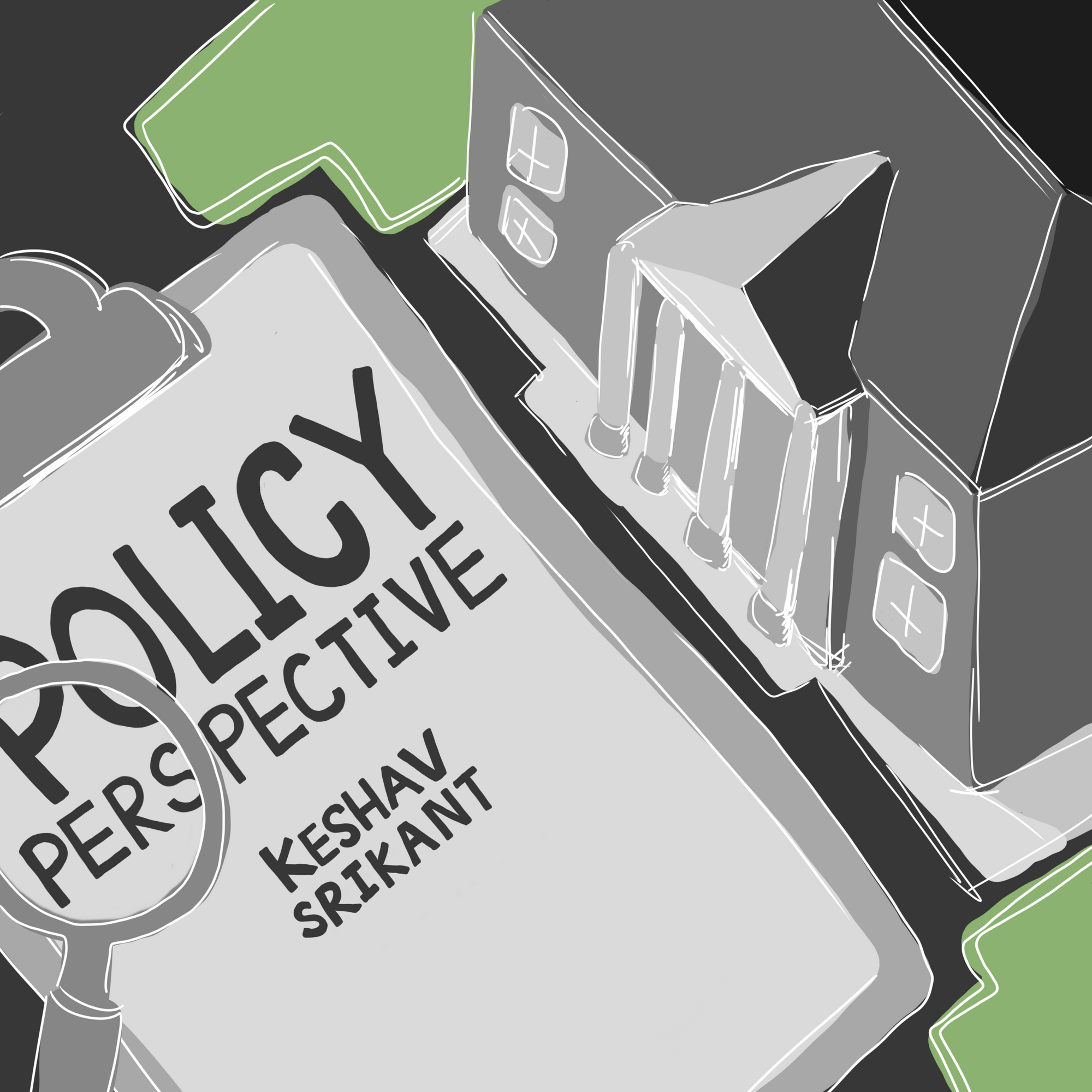The idea behind the degrowth movement is simple: Economic growth and increased consumption is fueling the climate change crisis and to truly tackle climate change we need to decrease our levels of production and consumption. Though degrowth can be intuitive, the movement’s fundamental premise lacks evidence and the actions it advocates for are completely unfeasible.
First, degrowth rests on the idea that decoupling — separating economic growth and increased production from increased emissions — is impossible. However, this is simply not borne out by the evidence: Numerous countries such as the United States, United Kingdom and Germany have all succeeded in reducing their carbon emissions as their production has increased. As of 2021, “absolute decoupling” of emissions and economic growth had occurred in 32 countries. This, of course, undermines the key claim degrowth rests on; in response, Jason Hickel, one of the leaders of the degrowth movement, has argued that absolute decoupling cannot occur quickly enough on a global scale. However, not all developing countries have invested in the renewable technologies and clean energy production that made it possible for developed countries to decouple. It is nonsensical to preemptively argue that we must cut back on consumption when it has been proven that consumption can increase without a corresponding increase in emissions.
Decoupling isn’t the only place where the degrowth movement’s claims don’t line up with the data. Hickel and the degrowth movement argue that consumption will only need to be cut in rich countries, and that poor countries could continue to develop until overall living standards meet a certain threshold. However, the majority of carbon emissions are from developing countries, meaning rich countries cutting back on consumption wouldn’t be enough.
Furthermore, economist Branko Milanovic, who studies income distribution and income inequality, crunched the numbers and found that to keep world GDP at current levels, one would either have to keep 10–15% of the world in poverty or reduce the income of a staggering 86% of people in rich countries. The latter is simply politically unfeasible. Research done by the Energy Policy Institute at the University of Chicago found that though the mass majority of Americans believe in climate change, and over half would support a carbon tax that could fund renewable energy programs and public transportation, only 23% would be willing to pay a mere $40 monthly fee to combat climate change. Convincing even the majority of people in wealthy developed countries to make the consumption cuts necessary (let alone as much as 86%) is a pipe dream. Keeping 10–15% of the global population in poverty, meanwhile, should not even be considered.
Rather than pursue a policy of degrowth, we should instead pursue green abundance. Legislation such as the Inflation Reduction Act and the Green New Deal are both politically popular and would significantly cut greenhouse gas emissions while stimulating economic growth. We can live in a future of higher living standards, more consumption and lower emissions and we shouldn’t be afraid to embrace it.






